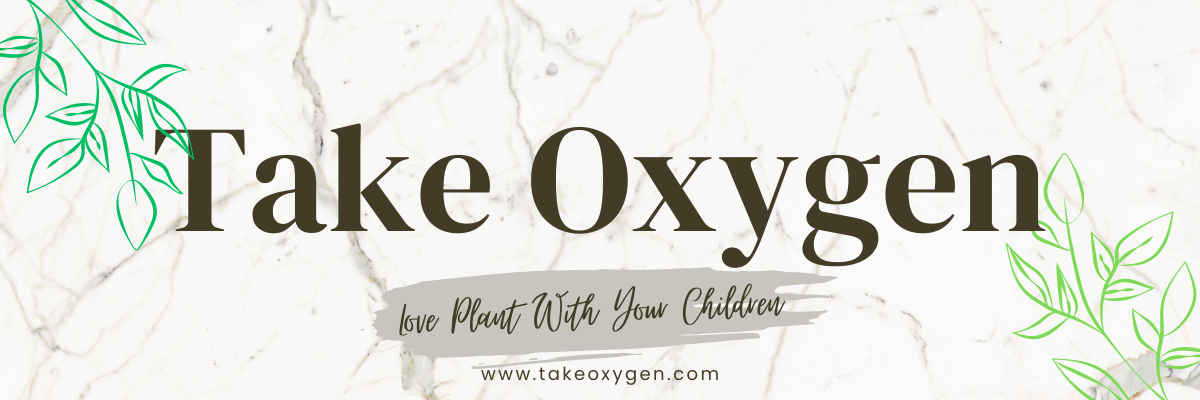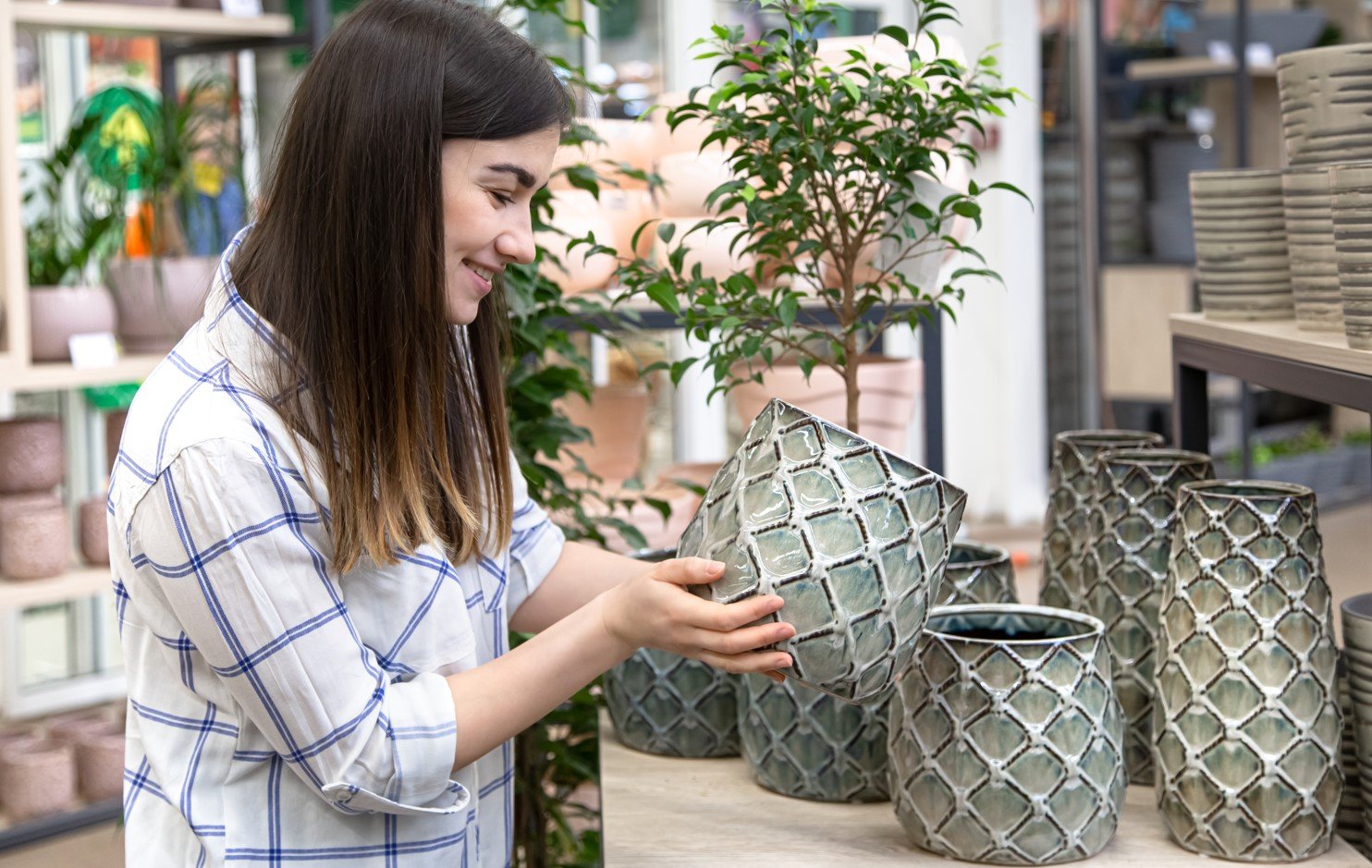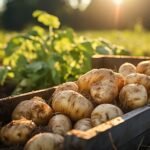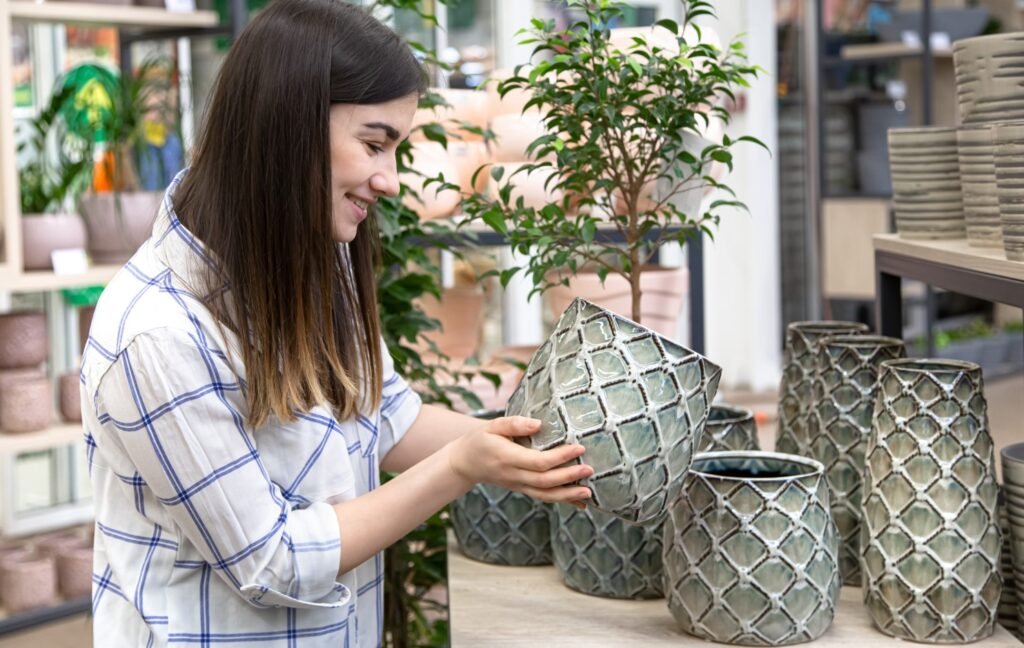
Choosing the right pot for your plant is an important decision that can significantly affect its health and growth. The container you choose plays an important role in providing the right environment for your plant’s roots to thrive. In this comprehensive guide, we’ll discuss the various factors involved in choosing the right pot for your plant, ensuring it gets the care it deserves. Whether you’re a seasoned gardener or a novice plant guardian, this guide will help you make an informed decision.
Things to consider for pots plant
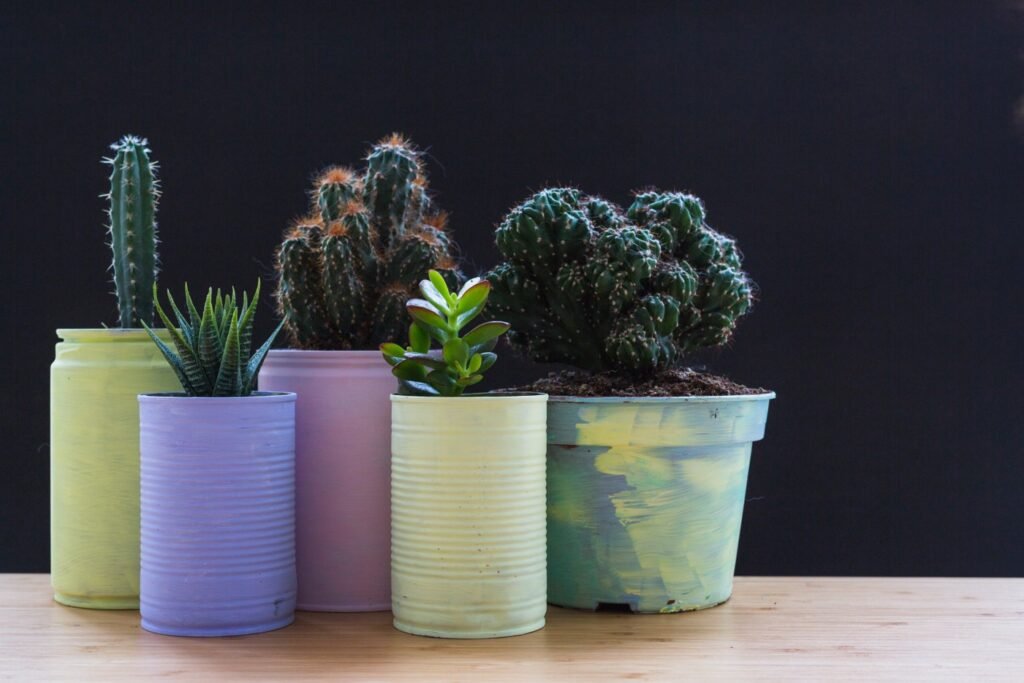
Container Size:
The most important consideration when choosing a container for your plant is the size of the pot. A pot that is too small can restrict root growth and lead to root suffocation, while a pot that is too large can cause overwatering problems. So choose a pot that gives enough room for your plant’s roots to spread out comfortably. Consider the mature size of your plant and select a pot that gives the plant room to grow. For larger plants, choose pots with a diameter of at least 2 inches larger than the root ball.
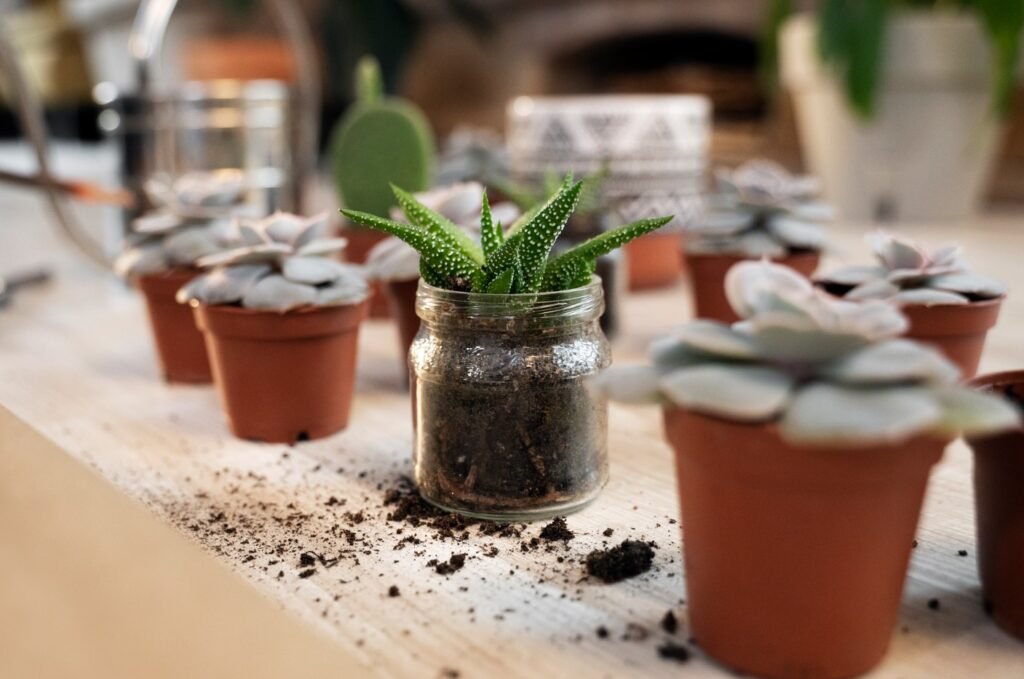
Container Material:
The material of the container can significantly affect its durability, insulation, and drainage capacity. Common potting materials include clay, plastic, ceramic, and terracotta, each with its advantages and disadvantages. For example, pots with porous soil allow better air circulation to the roots, but they may need more frequent watering. Plastic containers are lightweight and retain moisture well, making them ideal for plants that prefer consistently moist soil. Consider the specific needs of your plant and select a potting material that best suits its needs.
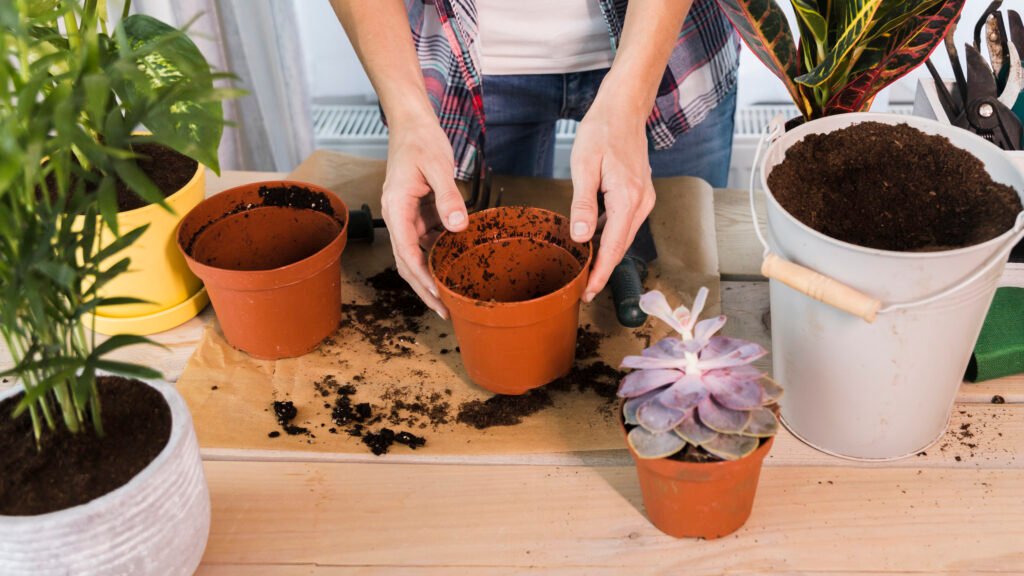
Drain hole:
Proper drainage is essential to prevent waterlogging and root rot in plants. When choosing a pot, make sure it has enough drainage holes in the bottom to allow excess water to drain out. Lack of drainage can cause water stagnation, which can suffocate the roots and eventually kill the plant. If you find a pot without drainage holes that you like, drill or punch the holes yourself to improve drainage.
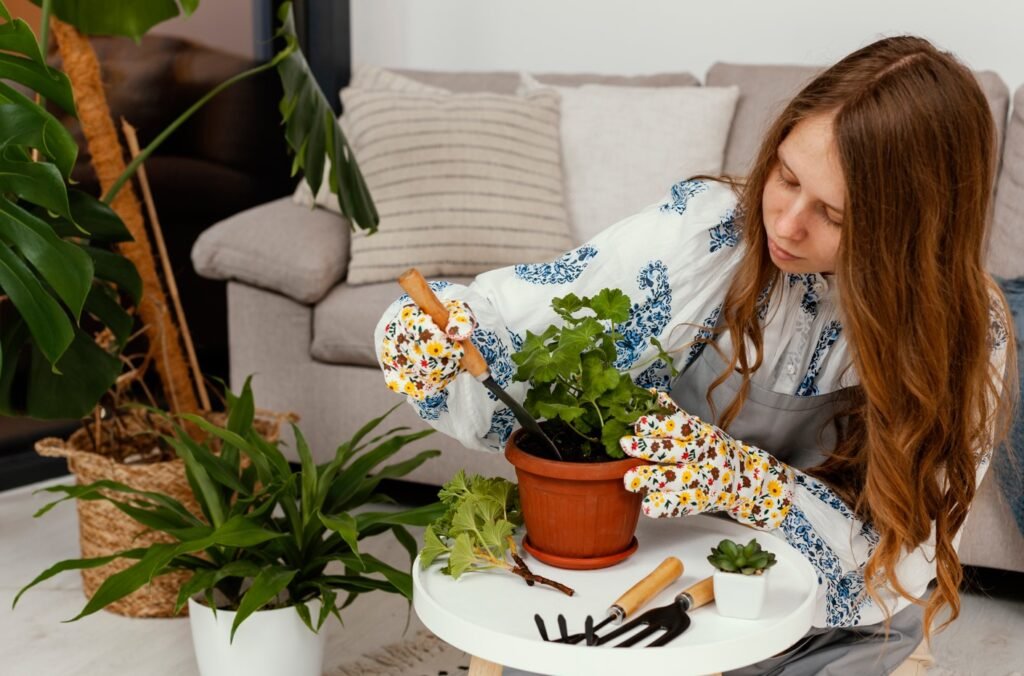
Style and Aesthetics:
While the pot’s functionality is paramount, don’t overlook its visual appeal. The style and aesthetics of the pot can enhance the overall look of your plants and complement your home decor. Consider factors such as color, shape, and texture when choosing a pot that suits your personal taste and interior design style. Whether you prefer minimalist modern designs or rustic terracotta pots, there is a wide range of options available to suit every preference.
Longevity and Durability:
Investing in high-quality containers can save you time and money in the long run. Durable containers made of sturdy materials like ceramic or fiberglass are less likely to crack or break over time. Consider the environmental conditions your plant will be placed in, such as exposure to sunlight, wind, and rain, and choose a container that can withstand these elements.
Tips for specific plant types
Different plants have unique requirements when it comes to containers and growing conditions. Here are some additional tips for choosing the right pot for a specific type of plant:
Succulents: Choose containers with good drainage to prevent waterlogging at the bottom, as succulent roots are susceptible to rot.
Herbs: Choose shallow containers with adequate drainage for herbs, as they prefer well-draining soil and do not require deep root systems.
Flowering Plants: Select pots with a wide base and sturdy construction for the weight of the plant and its blooms.
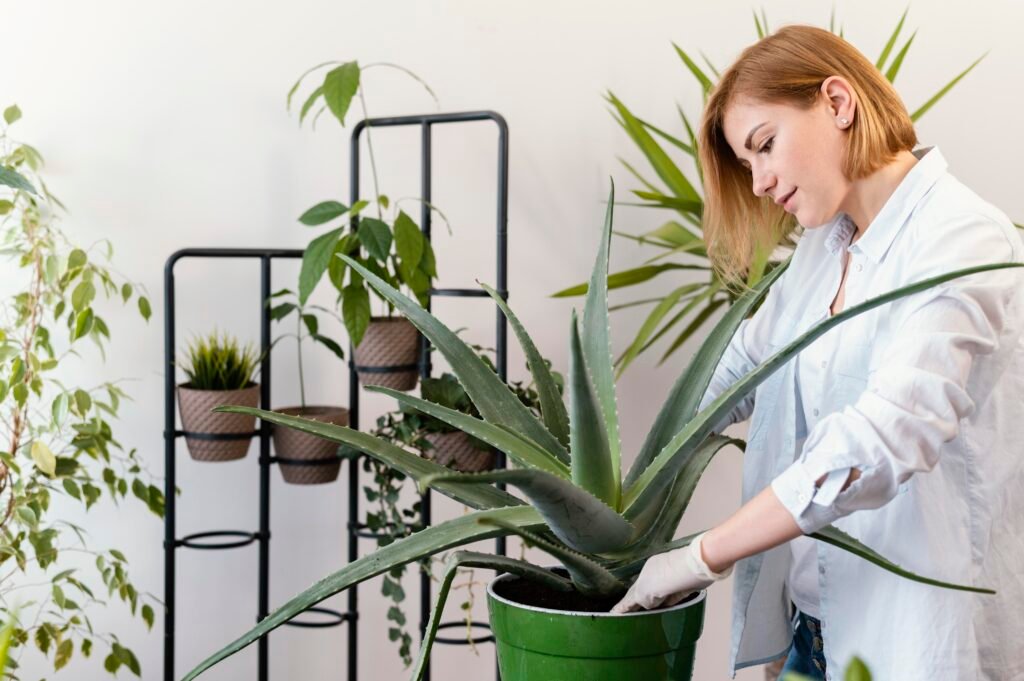
Choosing the right pot for your plant is a decision that should not be taken lightly. By considering factors such as size, material, drainage, style, and durability, you can create an optimal growing environment for your plants to thrive. Be sure to tailor your pot selection to your plant’s specific needs and your personal aesthetic preferences. With the right containers, you can ensure that your plants will not only survive but thrive in their new home.
Post Views: 333
